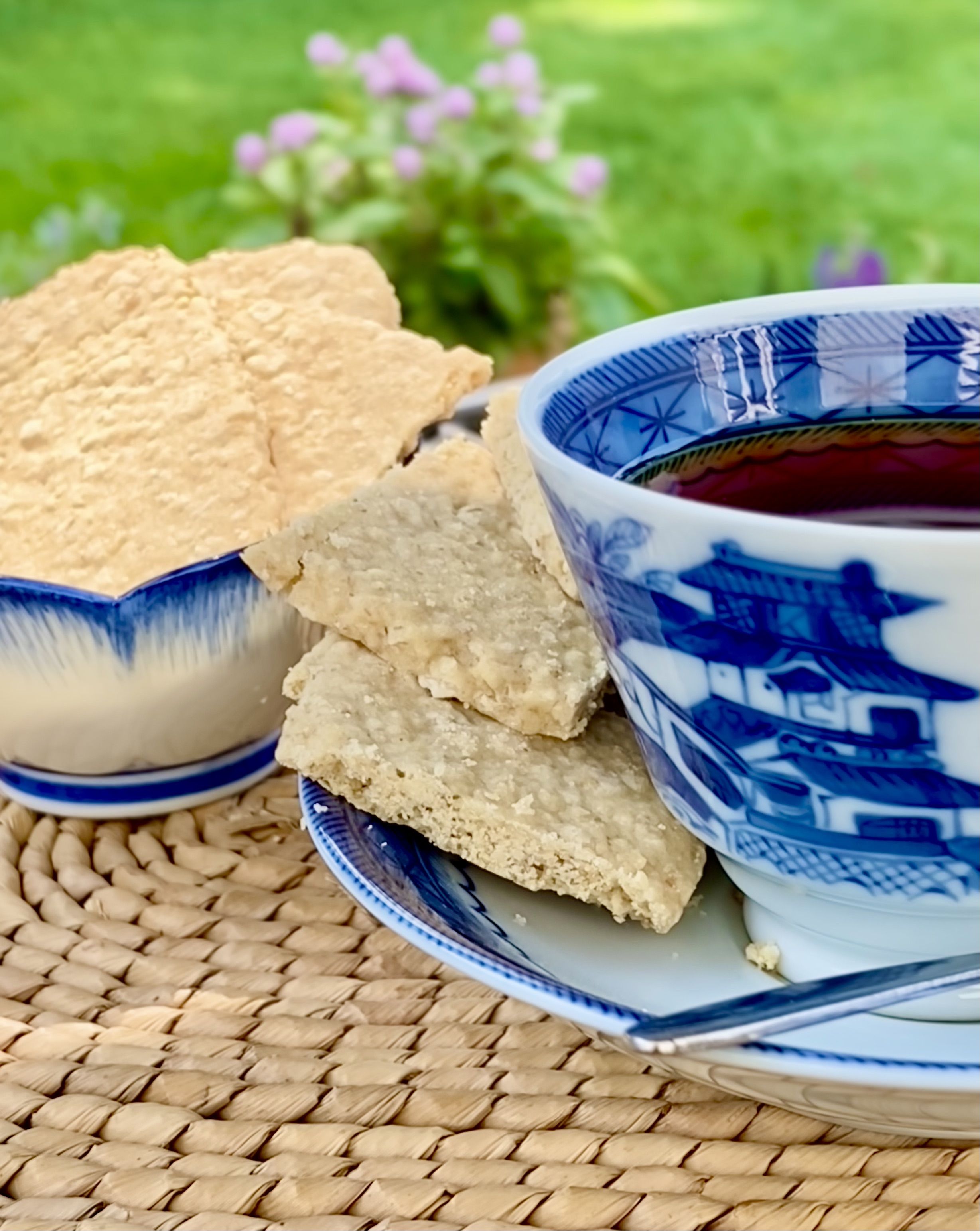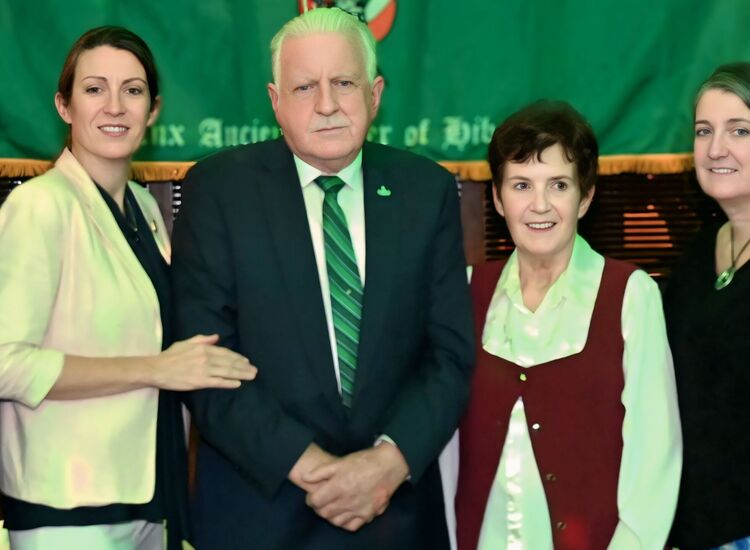When you arrive at Stanfield Airport in Halifax, Nova Scotia, you’re greeted in three languages: Pjila’si, the language of the Mi’Kmaq, the largest of the First Nations peoples traditionally occupying Canada’s maritime provinces; Bienvenue, to honor the region’s French-speaking heritage; and Welcome, to greet English speakers. When you travel a few hours north to Cape Breton, where I spent a few days in August, I learned (and loved) that this area of the province is equally comfortable with Fáilte, homage to the Gaelic language and culture of the early settlers of this part of Canada and to the many who still revel in that heritage.
I was a tag-along to my family of golfers whose sole purpose was to play at the spectacular Cabot Cape Breton (cabotcapebreton.com) in Inverness. The resort’s two 18-hole courses, The Links and The Cliffs, are ranked among the finest in “Golf Digest’s World’s 100 Greatest Courses” (number 35 and number 11 respectively), while they come in at number one and number three when it comes to “Best Courses in Canada.” The courses provide an ocean view on nearly every hole, 5 holes that play directly adjacent to the beach, and breathtaking vistas that make you wonder why it took you so long to visit: think Ballybunion, Waterville, or Kinsale’s Old Head without crossing the pond! The resort’s third course, The Nest (10-holes, par 3) is ideal for a short game.
Also reminiscent of Irish golf courses, Cabot Cape Breton is a “walking-only course” with more than 300 caddies — locals from Inverness, nearby towns, and from across Canada — who assure you of expert advice and a very pleasant companion with whom to enjoy a round. Bonus: I was told that the lobster roll at the halfway house was one of the best! Stunning accommodations at the resort range from lodge rooms to hillside cottages to 5-bedroom cliff residences and three restaurants cater to every taste.

Mac Graham.
During my family’s daily golf rounds, I toured the island with Mac Graham, co-owner of Cape Breton Back Country Tours (capebretonbackcountry.ca). Born and raised on the island, with a few years away studying adventure sports and tourism, Mac guided his bright red jeep along part of the Cabot Trail, one of the world’s most scenic drives, taking me to Chéticamp, a French-speaking community north of Inverness; the Margaree River, famous for the several species of fish, especially salmon, which either inhabit the river or return there to spawn; a few off-the-beaten-track fields of wild blueberries, one of the most important crops grown in Nova Scotia; the Dancing Goat (thedancinggoat.ca), a made-from-scratch bakery/café noted for its hearty sandwiches, Oatcakes, and Porridge Bread, two Cape Breton specialties; and to the Normaway Inn (thenormawayinn.ca), a cozy lodge known for its accommodations and weekly “Three Fiddler Concert Ceilidh Dance” in The Barn. The concerts (July through October) feature Cape Breton’s best players, many among the finest in the Celtic fiddle world.
More Cape Breton highlights, including “Celtic Colours Festival,” Glenora Single Malt Whisky Distillery, and Canadian Thanksgiving in the next issue.
BLUEBERRY DUTCH BABY WITH BLUEBERRY SAUCE
Serves 4
A Dutch Baby is a type of pancake that’s baked in a skillet. The eggy, crepe-like pancake makes a wonderful base for fresh fruit or berries, particularly wild blueberries grown throughout Nova Scotia. For a double taste of the province, top it with Nova Scotia-made maple syrup, or your favorite brand. The recipe is courtesy of Alain Bosse, “The Kilted Chef” (kiltedchef.ca) and the Wild Blueberry Producers Association of Nova Scotia (nswildblueberries.ca)
For the blueberry sauce
1 tablespoon butter
1 cup brown sugar
3 cups blueberries
1. In a medium saucepan, melt the butter over medium heat. Stir in the brown sugar, until combined. Add the blueberries.
2. Continue to cook, stirring occasionally, until the blueberries break down. Reduce the heat to simmer. Cook for another 4 to 5 minutes or until the sauce thickens. Keep warm (cover and refrigerate leftover sauce).
For the pancake
1/2 cup flour
1/2 cup whole milk
2 large eggs
2 tablespoon sugar
2 teaspoons vanilla
1/2 teaspoon salt
2 tablespoons butter
1/2 cup wild blueberries, plus additional for serving
Maple syrup, for drizzling
Confectioners’ sugar, for dusting
1. Preheat the oven to 425°F. Place an ovenproof (preferably cast iron) skillet in the oven to heat.
2. In the bowl of a food processor or blender, combine the flower, milk, eggs, sugar, and vanilla. Process until smooth; refrigerate for 20 minutes.
3. Using oven mitts to protect your hands, remove the skillet from the oven. Add the butter; swirl to melt. Scatter the blueberries over the surface; pour the batter over the blueberries.
4. Return skillet to the oven. Cook the pancake for 12 to 15 minutes, or until puffed and golden.
5. To serve, cut into wedges. Spoon the sauce over; garnish with blueberries. Drizzle with maple syrup; dust with confectioners; sugar.

MOM’S OATCAKES
Makes about 2 dozen
Oatcakes and Molasses Biscuits, delicious with a cup of tea, are as popular in Cape Breton as shortbread is in Scotland. Mrs. L. MacPherson, a resident of the Margaree Valley, generously shared this recipe, which as you might assume from its name has been passed down through her family for generations.
1/2 cup hot water
1/2 teaspoon baking soda
1 1/4 cups white sugar
2 cups rolled oats
2 cups all-purpose flour
1 teaspoon baking powder
1 teaspoon salt
2 cups bran flakes
1 1/4 cups butter
1. Preheat the oven to 350°F.
2. In a small bowl, whisk together the water and baking soda; set aside.
3. In a large bowl, whisk together the sugar, oats, flour, baking powder, salt, and bran flakes. With your fingers, cut in the butter. Add the water mixture a little at a time to form soft dough.
4. Divide the dough in half; roll out a half at a time. (Do not use too much flour to roll out – just enough so dough doesn’t stick to the surface).
5. Pat the dough into a square. Cut into 2-inch squares with a kitchen table knife.
6. Place the squares on an ungreased cookie sheet. (Do not use parchment paper).
7. Bake the oatcakes for 15 to 20 minutes. (To check for doneness, touch lightly – if your finger leaves an impression, bake a bit longer until the edges turn very light brown).
8. Cool on a baking rack. Store in airtight metal (not plastic) container.
Margaret Johnson’s “Recipes” page also includes “Ireland Hopping: Adventures in Food, Drink, and Travel.” To order one of her signed cookbooks, visit irishcook.com.








